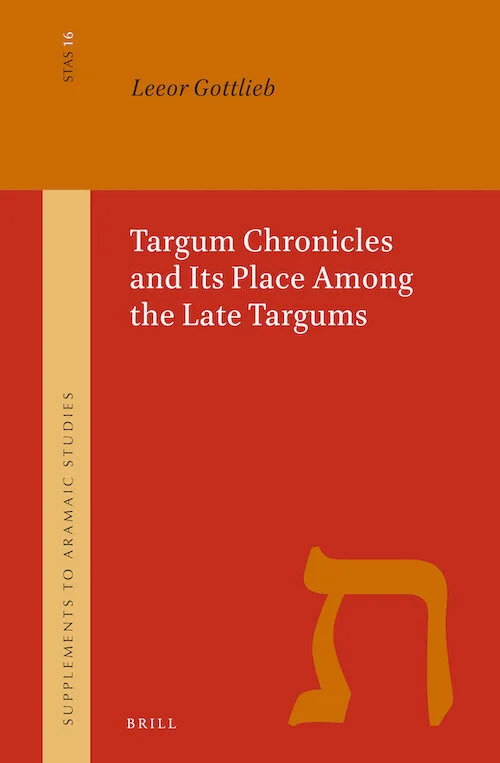“In this innovative and deeply engaging study, Newsom sparks new ways of thinking about models of moral agency in biblical and early Jewish literature and paves the way for a broader application of the analysis that considers Jewish literature composed in Greek or the literature of other cultures.”
Read MoreThe Politics of Roman Memory: From the Fall of the Western Empire to the Age of Justinian
What did being Roman mean after 476? And how did the notion that the Roman empire could fall shape political rhetoric in the east?
Read MoreThe Narrative Shape of Emotion in the Preaching of John Chrysostom
Weaving together studies of emotion, homiletics, and biblical exegesis, this work offers an important analysis of a recurrent theme in Chrysostom’s preaching.
Read MoreMemory in a Time of Prose
By focusing on known dynamics of memory and archaeological evidence, Pioske brings together sometimes-disparate methodological considerations to make a persuasive case for how one might engage in a historically and theoretically responsible way with the knowledge claims made in early Hebrew texts.
Read MoreEusebius and Empire: Constructing Church and Rome in the Ecclesiastical History
Corke-Webster argues that the History reflects Eusebius’ particular socio-political circumstances during the first quarter of the fourth century.
Read MoreInstitutionalized Routine Prayers at Qumran: Fact or Assumption?
[H]is project does bring to the fore the question of what these terms—as classificatory labels—might have meant to the ancient authors who used them, and, perhaps more within our control, what they mean for scholars today. If our evidence seems to resist our current attempts at classification, perhaps we need to rethink how we are classifying.
Read MoreSacred Stimulus: Jerusalem in the Visual Christianization of Rome
Noga-Banai structures her study around repeated journeys between Jerusalem and Rome from the first through fifth centuries, tracing a period from subtle to increasingly assured visual appropriation of memories and tropes, culminating in a self-assured and assertive Rome confident in its identity as the perceived historical center of the Christian movement.
Read MoreCharity in Rabbinic Judaism
“In sum, Gray is a careful and intuitive reader and teacher of rabbinic text creating cogent and compelling arguments which support her conclusions about the interplay and shift in rabbinic values and theology on charity.”
Read MoreThe Body and Desire: Gregory of Nyssa’s Ascetical Theology
Cadenhead’s thoughtful historical framing of Gregory’s familial, ecclesial, political, and monastic contexts undergirds this study and provides the context for understanding Gregory’s views on the body and desire.
Read MorePreaching Christology in the Roman Near East
Preaching Christology in the Roman Near East makes a significant contribution to both Syriac studies and late ancient studies.
Read MoreBook Note | Two Gods in Heaven: Jewish Concepts of God in Antiquity
In fact, binitarianism is even found in a number of late antique rabbinic texts as well, ultimately signaling that binitarian ideas did not necessarily serve as a form of proto-trinitarianism, remaining a part of Jewish thought even after the founding of Christianity.
Read MoreClass and Power in Roman Palestine: The Socioeconomic Setting of Judaism and Christian Origins
Anthony Keddie joins this rising movement of scholars interacting with class in a serious way, and his Class and Power in Roman Palestine: The Socioeconomic Setting of Judaism and Christian Origins stands as a welcome addition to recent provocative publications.
Read MoreBook Note | The Finger of the Scribe: How Scribes Learned to Write the Bible
“his holistic treatment of the inscriptions from Kuntillet ‘Ajrud as a set of scribal exercises that bespeaks the curricular categories known from cuneiform scribal education provides a novel empirical framework that clarifies the impact of the Mesopotamian scribal infrastructure on the early Israelite school curriculum.”
Read MoreBook Note | Land and Temple: Field Sacralization and the Agrarian Priesthood of Second Temple Judaism
While studies of the economy in Palestine during Tannaitic and Amoraic periods have a great quantity of textual evidence to draw upon, including but not limited to rabbinic sources, there is much less material available from the Second Temple period available for such an analysis. As such, Gordon’s work attempts to examine a wide range of both textual and archaeological evidence in order to flesh out our knowledge of the Jerusalem Temple economy.
Read MoreReview | The History of the Church: A New Translation
Schott’s translation requires dedication on the part of the reader who may need to use the glossary, but also renders the Greek language and rhetorical techniques Eusebius employs more visible.
Read MoreBook Note | The Story of Sacrifice
In The Story of Sacrifice, Liane M. Feldman offers an innovative reading of the pentateuchal Priestly source, taking on two of the most entrenched dichotomies in biblical studies: (1) ritual vs. narrative and (2) literature vs. history.
Read MoreReview | Apocalypse as Holy War: Divine Politics and Polemics in the Letters of Paul
Wasserman posits that Jewish apocalyptic works are better understood as myths about relationships in the divine realm. These writings do not share a common worldview (especially two age dualism) or theological system, but rather premises about the structure of the world.
Read MoreReview I The Godman and the Sea: The Empty Tomb, the Trauma of the Jews, and the Gospel of Mark
Echoing the atomsphere of Mark, Thate left his book intentionally unfinished. As a whole, The Godman and the Sea covers a wide range of scholarly debates surrounding the Markan narrative
Read MoreReview | Cicero and the Rise of Deification at Rome
By deftly combining textual analysis and historical considerations, Cole walks the readers through more than forty of Cicero’s writings (from his political orations, philosophical treatises, and personal letters) written between the late 70s and the late 40s BCE. Cole’s analysis demonstrates how Cicero introduced, experimented, and negotiated a new conceptualization of deification in Rome.
Read MoreBook Note | Targum Chronicles and its Place Among the Late Targums
“The demonstrably late date of Targum Chronicles – and its affinities with the Jewish Aramaic translation of some other biblical books – suggest that some Jews were interested in carrying on a tradition of translation that no longer rendered the text of the Hebrew Bible into their mother tongue.”
Read More



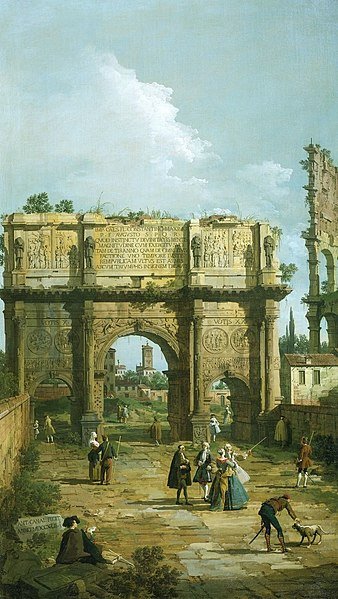






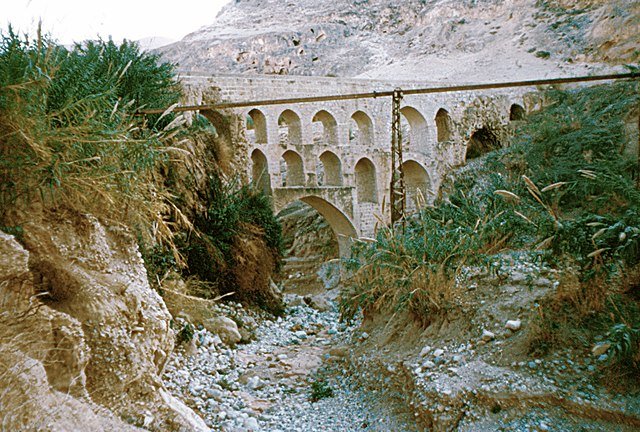
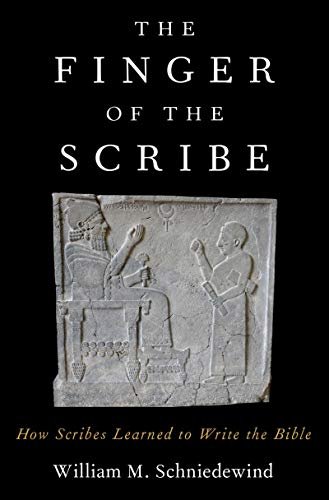

![Lucio Fontana, Madonna (1956) [Image courtesy of Flickr]](https://images.squarespace-cdn.com/content/v1/5449167fe4b078c86b41f810/1622988343090-4AM7PUQWZC81Y45Z8TT0/17329001992_c0c2f0cdba_c.jpg)
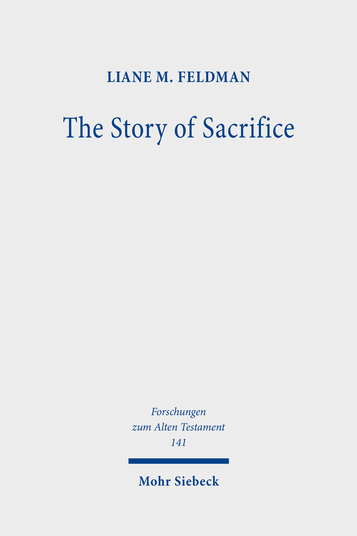
![Wassily Kandinsky, Improvisation No. 30 (Cannons) (1913) Art Institute of Chicago [Wikimedia]](https://images.squarespace-cdn.com/content/v1/5449167fe4b078c86b41f810/1609962640997-3MBGSGUU9XHIBF1Q3OJZ/601px-Vasily_Kandinsky%2C_Improvisation_No._30_%28Cannons%29%2C_1913%2C_1931.511%2C_Art_Institute_of_Chicago.jpg)


